
Lean Thinking, Eastern Wisdom: The Art of Simplifying Without Losing Essence
Last updated: July 24, 2025 Read in fullscreen view
- 27 Oct 2020
 8 principles of Agile Testing 1100
8 principles of Agile Testing 1100 - 21 Dec 2023
 Top 12 Low-Code Platforms To Use in 2024 1048
Top 12 Low-Code Platforms To Use in 2024 1048 - 21 May 2022
 "Fail Fast, Fail Often, Fail Forward" is the answer to Agile practices of software success 795
"Fail Fast, Fail Often, Fail Forward" is the answer to Agile practices of software success 795 - 09 Oct 2022
 Key Advantages and Disadvantages of Agile Methodology 655
Key Advantages and Disadvantages of Agile Methodology 655 - 12 Oct 2020
 The Agile Manifesto - Principle #8 422
The Agile Manifesto - Principle #8 422 - 19 Jul 2022
 The 12 Principles of Continuous Process Improvement 390
The 12 Principles of Continuous Process Improvement 390 - 16 Jul 2022
 What are disadvantages of Agile Methodology? How to mitigate the disadvantages ? 341
What are disadvantages of Agile Methodology? How to mitigate the disadvantages ? 341 - 16 Sep 2022
 Examples Of Augmented Intelligence In Today’s Workplaces Shaping the Business as Usual 332
Examples Of Augmented Intelligence In Today’s Workplaces Shaping the Business as Usual 332 - 31 Dec 2022
 The New Normal for Software Development 327
The New Normal for Software Development 327 - 02 Nov 2022
 Frequently Asked Questions about Agile and Scrum 324
Frequently Asked Questions about Agile and Scrum 324 - 10 Apr 2022
 Agile self-organizing teams: What are they? How do they work? 323
Agile self-organizing teams: What are they? How do they work? 323 - 10 Nov 2023
 The "Cat Theory" of Deng Xiaoping Applied to Software Product Development 293
The "Cat Theory" of Deng Xiaoping Applied to Software Product Development 293 - 27 Jul 2024
 Positive Psychology in the Digital Age: Future Directions and Technologies 284
Positive Psychology in the Digital Age: Future Directions and Technologies 284 - 20 Nov 2022
 Agile working method in software and football 283
Agile working method in software and football 283 - 11 Oct 2022
 Why choose Billable Viable Product (BVP) over Minimum Viable Product (MVP) 279
Why choose Billable Viable Product (BVP) over Minimum Viable Product (MVP) 279 - 01 Dec 2022
 Difference between Set-based development and Point-based development 278
Difference between Set-based development and Point-based development 278 - 07 Oct 2020
 How To Manage Expectations at Work (and Why It's Important) 237
How To Manage Expectations at Work (and Why It's Important) 237 - 01 Mar 2022
 Why Does Scrum Fail in Large Companies? 230
Why Does Scrum Fail in Large Companies? 230 - 11 Jan 2022
 Lean Thinking and Lean Transformation 228
Lean Thinking and Lean Transformation 228 - 03 Jul 2022
 Manifesto for Agile Software Development 226
Manifesto for Agile Software Development 226 - 28 Nov 2023
 Scrum Team Failure — Scrum Anti-Patterns Taxonomy (3) 218
Scrum Team Failure — Scrum Anti-Patterns Taxonomy (3) 218 - 16 Aug 2022
 What is a Headless CMS? 208
What is a Headless CMS? 208 - 19 Dec 2023
 How AI is Transforming Software Development? 203
How AI is Transforming Software Development? 203 - 11 Jul 2022
 Lean software development - the game-changer in the digital age 197
Lean software development - the game-changer in the digital age 197 - 02 Dec 2024
 The Intersection of AI and Business Analytics: Key Concepts to Master in Your Business Analytics Course 194
The Intersection of AI and Business Analytics: Key Concepts to Master in Your Business Analytics Course 194 - 01 Jun 2022
 How Your Agile Development Team is Just Like a Football Team? 193
How Your Agile Development Team is Just Like a Football Team? 193 - 18 Jan 2024
 Self-healing code is the future of software development 186
Self-healing code is the future of software development 186 - 18 Jul 2024
 The 8 Best ways to Innovate your SAAS Business Model in 2024 149
The 8 Best ways to Innovate your SAAS Business Model in 2024 149 - 10 Sep 2024
 AI in Email Marketing: Personalization and Automation 143
AI in Email Marketing: Personalization and Automation 143 - 31 Dec 2023
 Software Development Outsourcing Trends to Watch Out for in 2024 142
Software Development Outsourcing Trends to Watch Out for in 2024 142 - 03 Nov 2023
 Why Is Billable Viable Product An Alternative To Minimum Viable Product? 142
Why Is Billable Viable Product An Alternative To Minimum Viable Product? 142 - 27 Feb 2025
 How AI Agents are Changing Software Development? 141
How AI Agents are Changing Software Development? 141 - 03 Feb 2024
 "Kham Nhẫn" in Business: A Guide to Patience and Resilience 140
"Kham Nhẫn" in Business: A Guide to Patience and Resilience 140 - 25 Sep 2024
 Enhancing Decision-Making Skills with an MBA: Data-Driven Approaches for Business Growth 135
Enhancing Decision-Making Skills with an MBA: Data-Driven Approaches for Business Growth 135 - 21 Oct 2022
 Virtual meeting - How does TIGO save cost, reduce complexity and improve quality by remote communication? 135
Virtual meeting - How does TIGO save cost, reduce complexity and improve quality by remote communication? 135 - 03 Jan 2024
 Why Partnership is important for Growth? 135
Why Partnership is important for Growth? 135 - 18 Aug 2024
 The Future of Web Development: Emerging Trends and Technologies Every Developer Should Know 125
The Future of Web Development: Emerging Trends and Technologies Every Developer Should Know 125 - 05 Feb 2024
 Ego and Attachment: Simplify Your Life Today 120
Ego and Attachment: Simplify Your Life Today 120 - 22 Nov 2024
 The Role of AI in Enhancing Business Efficiency and Decision-Making 118
The Role of AI in Enhancing Business Efficiency and Decision-Making 118 - 31 Dec 2022
 Future of Software Development Trends and Predictions for 2023 116
Future of Software Development Trends and Predictions for 2023 116 - 30 Jul 2024
 The Future of IT Consulting: Trends and Opportunities 110
The Future of IT Consulting: Trends and Opportunities 110 - 10 Sep 2024
 Leading Remote Teams in Hybrid Work Environments 109
Leading Remote Teams in Hybrid Work Environments 109 - 10 Oct 2022
 Should Your Business Go Agile? (Infographic) 98
Should Your Business Go Agile? (Infographic) 98 - 09 Oct 2024
 Short-Form Video Advertising: The Secret to Captivating Your Audience 88
Short-Form Video Advertising: The Secret to Captivating Your Audience 88 - 20 Aug 2025
 What Is Agentic AI? The Next Phase of Artificial Intelligence 66
What Is Agentic AI? The Next Phase of Artificial Intelligence 66 - 23 Jun 2025
 AI Avatars in the Metaverse: How Digital Beings Are Redefining Identity and Social Interaction 63
AI Avatars in the Metaverse: How Digital Beings Are Redefining Identity and Social Interaction 63 - 25 Jan 2025
 The Decline of Traditional SaaS and the Rise of AI-first Applications 57
The Decline of Traditional SaaS and the Rise of AI-first Applications 57 - 20 Feb 2025
 How Machine Learning is Shaping the Future of Digital Advertising 54
How Machine Learning is Shaping the Future of Digital Advertising 54
In today’s digital and agile era, the word “Lean” has become a buzzword—used across industries from manufacturing and software to startups and organizational design. But how often do we stop and ask: What does “Lean” truly mean beyond business jargon? Are we merely following a Western model, or is there a deeper philosophical foundation we’re overlooking?
It’s time to explore the conceptual roots of “Lean” through the lens of Eastern thought—particularly classical Chinese philosophy.
1. Lean – More Than Just Efficiency
In English, “lean” typically means thin, minimal, or free of excess. In business, this translates into systems that maximize value and eliminate waste—“Lean Manufacturing,” for instance, focuses on reducing non-value-adding activities.
But if we explore the idea through classical Chinese philosophy, the concept of “lean” aligns more closely with a balance of essence and simplicity—not merely doing less, but preserving what matters most while removing what distracts from it.
This is not just operational—it’s philosophical.
2. Essence and Simplicity: A Classical Chinese Perspective
In traditional Chinese thought, two complementary ideas help us understand this concept:
- Essence (精): This refers to what has been refined, purified, or distilled to its most valuable form. It implies a process of extracting the essential—like refining crude material into something pure, potent, and meaningful. This reflects wisdom, precision, and selectivity.
- Simplicity (簡 / 細 / 短): Several classical terms convey the notion of simplicity:
- 簡 means uncluttered or straightforward—favoring clarity over complexity.
- 細 implies detail and precision—not crude reduction, but thoughtful simplification.
- 短 refers to brevity and conciseness—focusing on what truly needs to be said or done.
3. East Meets West: A Philosophy of Action and Clarity
When these Eastern principles meet Western frameworks like Lean methodology, something powerful happens:
Lean becomes not just a system, but a way of seeing the world—one that values clarity, intention, and wisdom.
- In manufacturing: Build only what delivers real value.
- In startups: Focus on the Minimum Viable Product—not more features, but the right ones.
- In personal life: Embrace minimalism—not as denial, but as alignment with purpose.
Where the Western model leans on tools and systems, the Eastern perspective brings in mindfulness and intentionality.
4. Applying Lean Thinking Beyond Business
Are you truly living “lean”?
Is your team, your workflow, or your mind operating with clarity and purpose—or just efficiency?
To apply lean thinking in life and work is not about cutting for the sake of cutting. It’s about refining:
- In leadership: Fewer meetings, more meaningful dialogue.
- In learning: Less breadth, more depth.
- In creativity: Fewer distractions, stronger core ideas.
- In lifestyle: Less clutter, more presence and joy.
This mindset encourages intentional simplification—which is different from mere reductionism.
5. Conclusion: Lean as Wisdom, Not Just Strategy
In a world overloaded with options, data, and distractions, clarity becomes a rare form of intelligence.
Approached through the lens of classical Chinese thought, lean is not a buzzword or business tactic—it becomes a compass for living and working wisely.
It invites us to strip away noise, refine our focus, and act from values rather than habit.
- 🟢 Revisit your workflow, project, or daily habits.
- 🟢 Ask: What is essential? What is simple? What is unnecessary?
- 🟢 Begin the journey toward more thoughtful, focused living—where “less” truly becomes more.
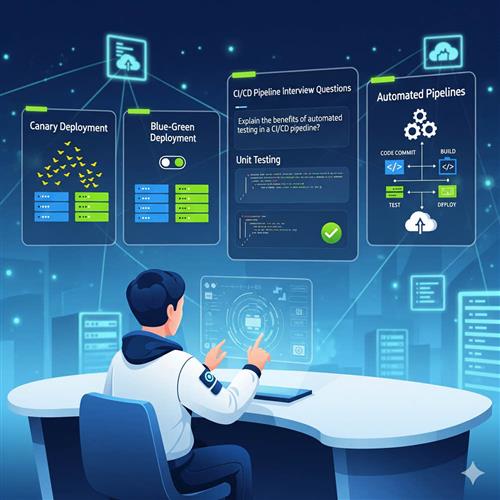
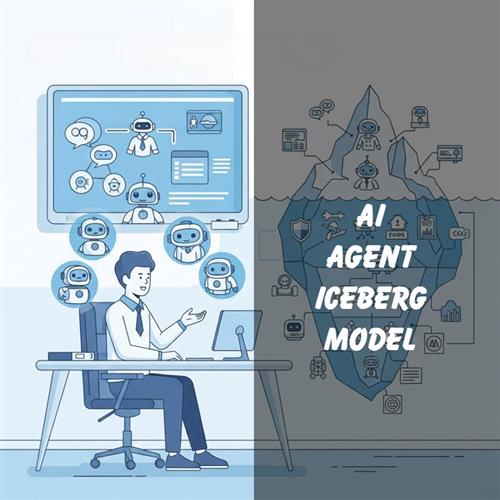
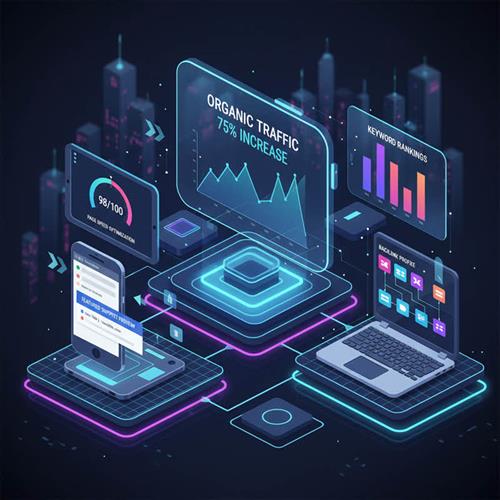
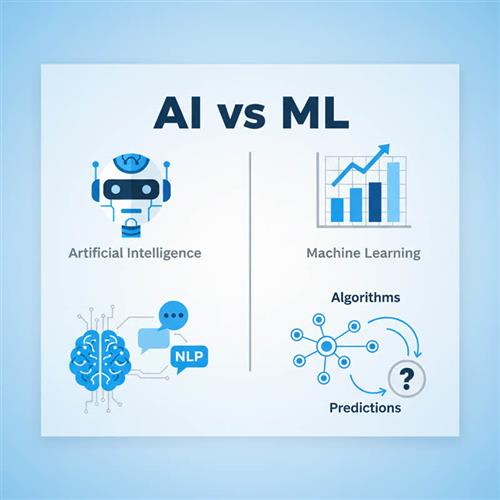
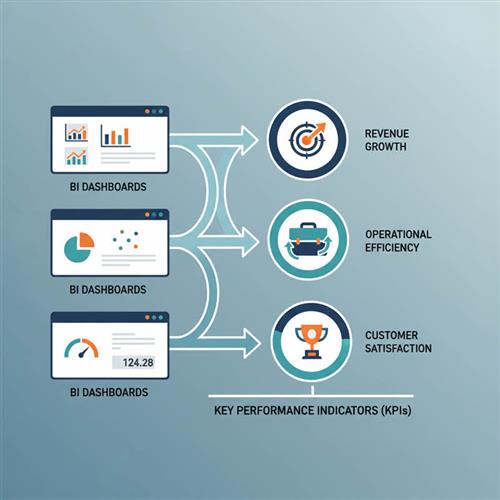
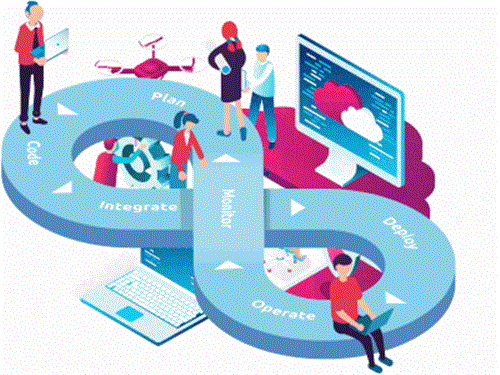
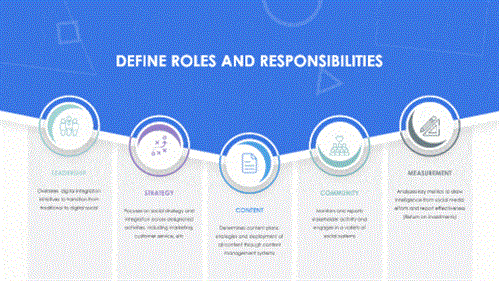

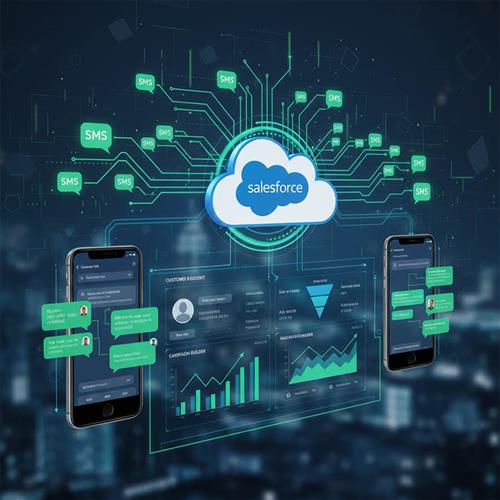
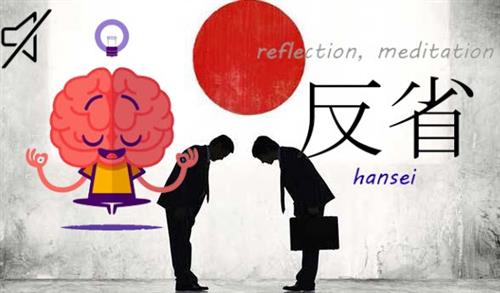



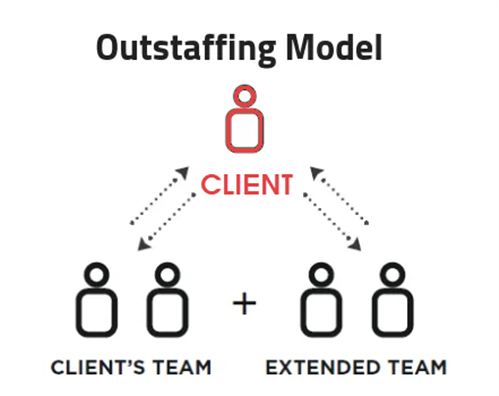


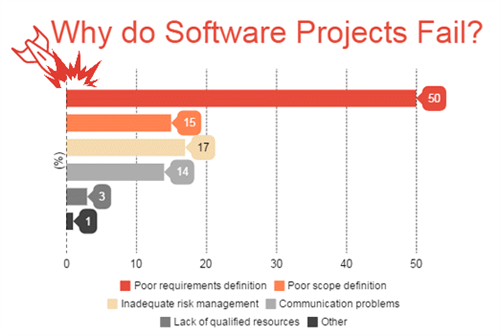


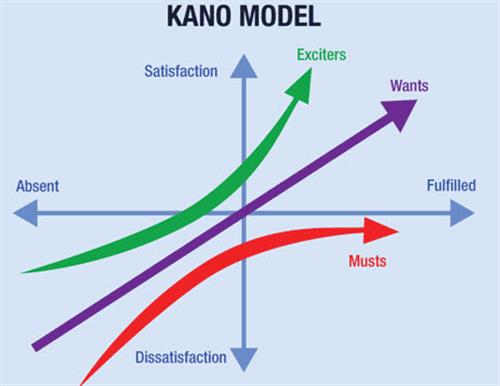
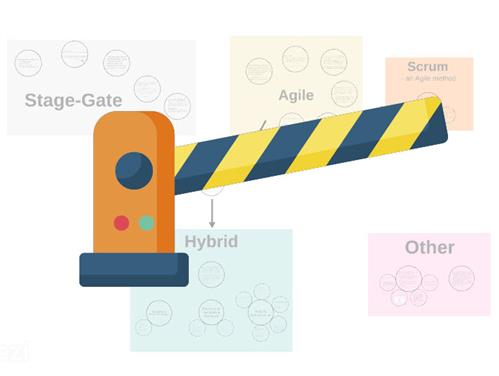
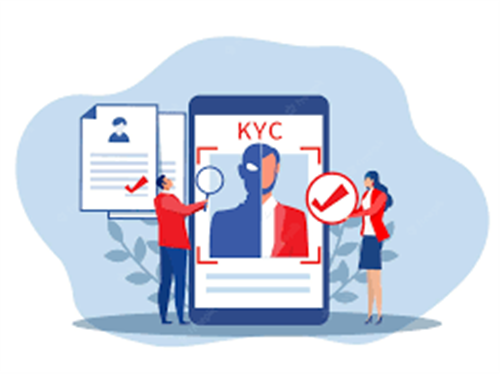
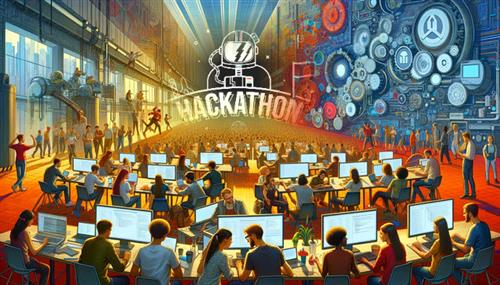
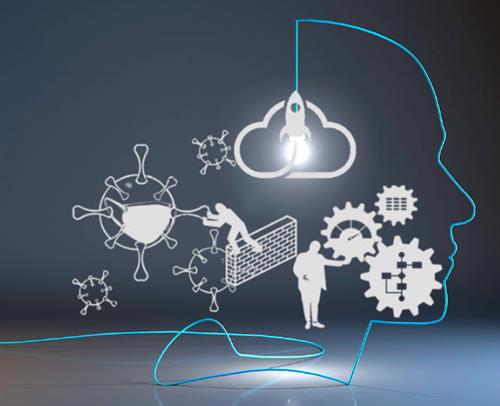
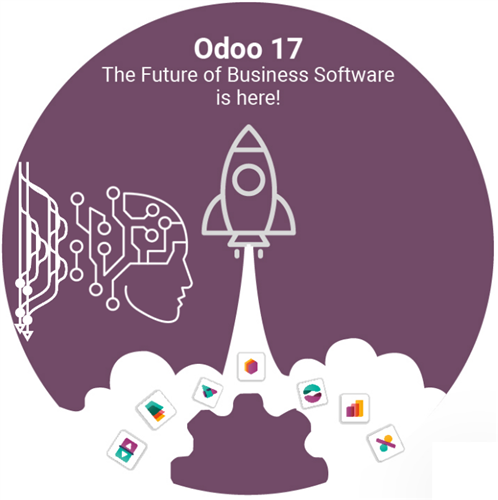










 Recently Updated News
Recently Updated News
